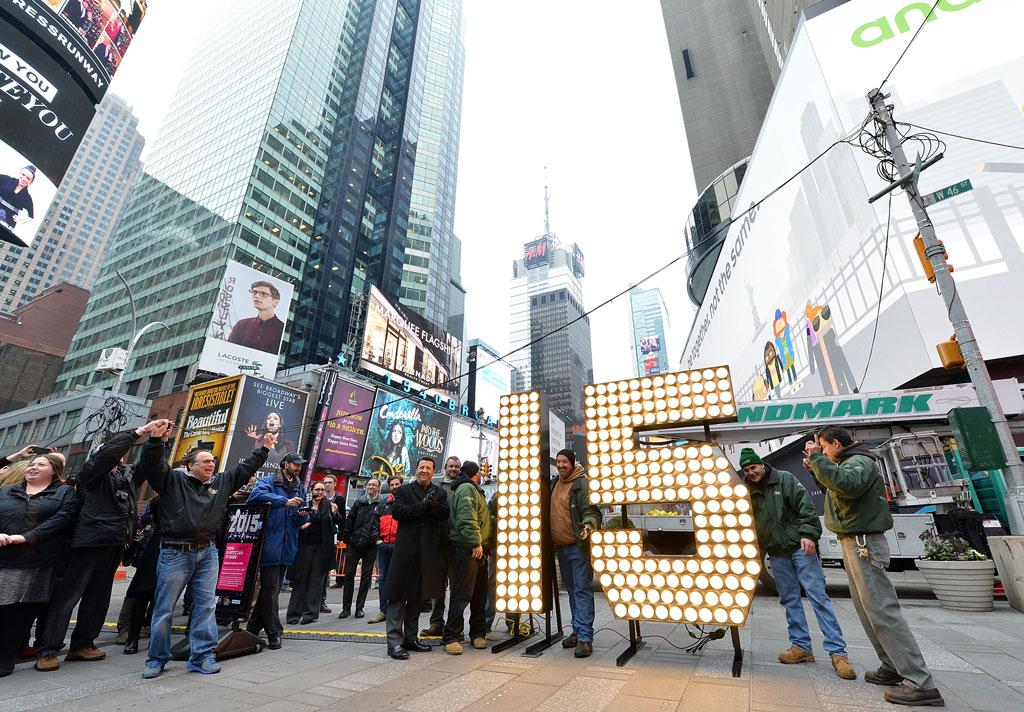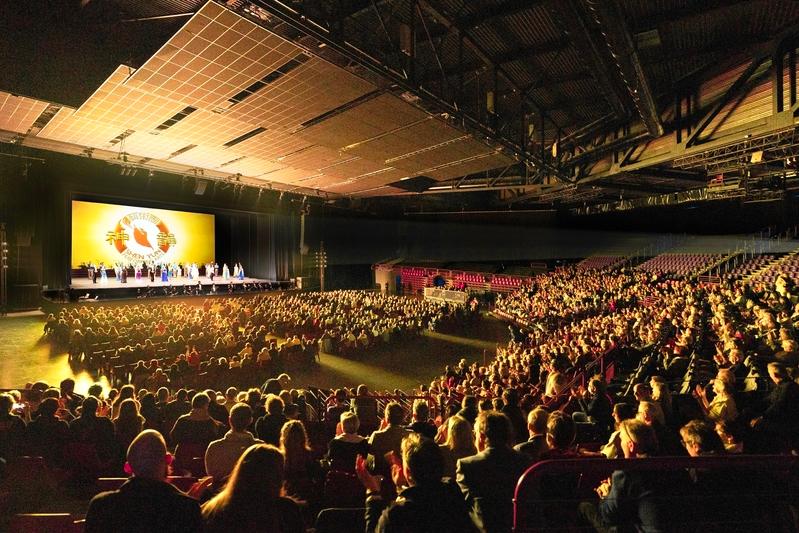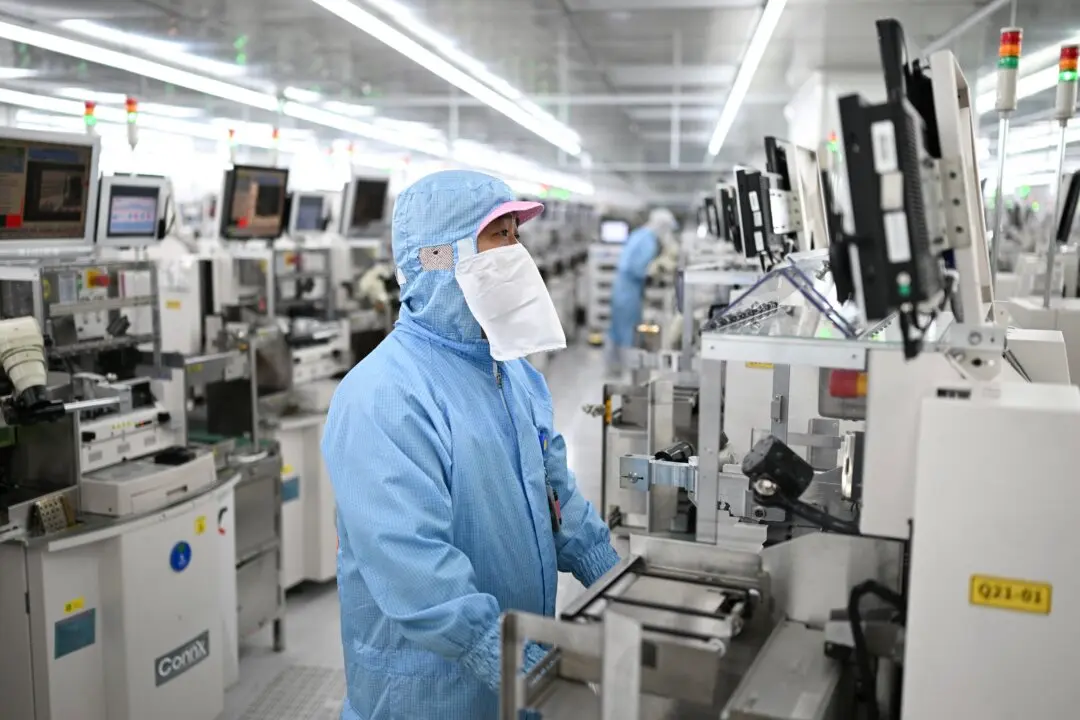Minutes before midnight, people in cities around the world look up to wait and watch some odd thing drop slowly to mark the countdown to the New Year.
In Boise, Idaho, a 17-foot-long lit-up potato was dropped last year. In Panama City, Fla., an 800-pound, lit-up beach ball is lowered. In a tiny town in North Carolina a live possum in a Plexiglas cage is lowered, then set free afterward.
The New Year’s tradition started right in Times Square, and the iconic New York City event has grown to attract about a million spectators on site, and nearly a billion more watch the televised event.
It'll be a different vibe and crowd than Times Square.





